The scientific method forms the backbone of any rigorous scientific research. It encompasses a set of techniques and principles aimed at advancing research and fostering the acquisition of new knowledge and has been gradually developed and refined over the centuries, from ancient Greek philosophers to today's scientists. There are some variations of the method, as well as disagreements about how it should be applied, but the basic steps are easy to understand and immensely useful not only for scientific research, but also for solving many everyday problems.
Steps
Part 1 of 3: Formulate the Hypothesis
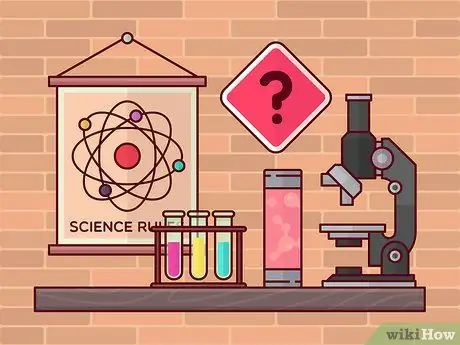
Step 1. Ask yourself questions about a phenomenon you observe
It is above all thanks to curiosity that new discoveries are made. It may happen that you notice something that you cannot explain with the knowledge you have or that may have another explanation other than the one commonly given: ask yourself what could be the cause of that phenomenon.
For example, you may have noticed that the potted plant you placed on your windowsill is taller than the one you have in the bedroom, even though they are the same type and you planted them at the same time. You may therefore be wondering why the two plants have different growth rates

Step 2. Research existing knowledge about the phenomenon you are observing
In order to answer your question, you need to know more about the subject; for starters, you can read books and search for articles online.
- For example, in the case of the question about plants, you might first look for information on plant biology and photosynthesis in a science textbook or on the internet. Gardening books and websites may also be useful to you.
- You should read as much as possible - you may find that an answer has already been given, or you may find useful information to formulate a hypothesis.

Step 3. Propose an explanation in the form of a hypothesis
A hypothesis is a reasoned conjecture, based on the research conducted, which offers a possible explanation of the observed phenomenon in terms of a cause-effect relationship.
- You have to formulate it as if it were the finding of a fact. For example, your guess might be that it was the greater amount of sunlight hitting the windowsill that caused the first plant to grow faster than the second.
- Make sure it is verifiable - that is, it can be proven through a scientific experiment.

Step 4. Make a prediction based on your hypothesis
You need to establish what the result you expect to see if the hypothesis is correct: this is what you will try to prove in your experiment.
The prediction must consist of a statement that has the "if … then" structure; for example: "If a plant gets more sunlight, then it will grow faster."
Part 2 of 3: Conducting the Experiment

Step 1. Record all steps of the procedure used to test the hypothesis
List point by point what you do; this will not only help you proceed correctly, but will allow you and others to repeat the experiment.
- For example, you should note exactly how much sunlight each plant receives (expressed in watts per square meter), how much soil is in each pot, how much water you give each plant, and how often you do it.
- One of the key elements of the scientific method is reproducibility. It is therefore important to define precisely how the experiment is conducted to ensure that others can copy it and try to achieve the same results.
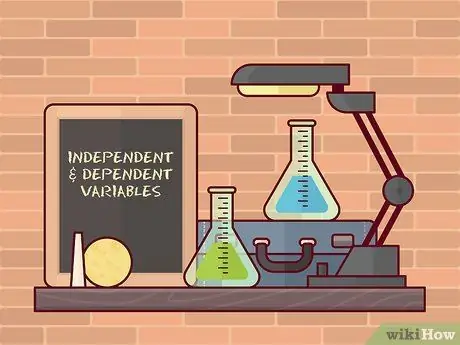
Step 2. Identify the independent and dependent variables
Your experiment should test the effect of something (the independent variable) on something else (the dependent variable). Determine what these variables are and how you will measure them in the experiment.
For example, in the potted plant experiment, the independent variable would be the amount of sunlight each plant is exposed to, while the dependent variable would be the height of each plant
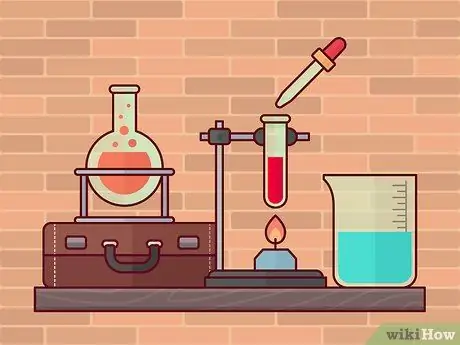
Step 3. Design the experiment so that you can isolate the cause of the phenomenon
The experiment must confirm or not confirm your hypothesis, so it must be performed in such a way that the cause of the phenomenon can be isolated and identified. In other words, it must be "controlled".
- For example, you could design an experiment in which you place three potted plants of the same species in three different locations: one on the windowsill, one in the same room but in an area with less direct sunlight, and one inside a closet, in the dark.; you should then record how much each plant has grown at the end of each week, over a 6 week period.
- Check only one variable at a time. All other variables must remain constant. For example, all three plants must be planted in pots of the same size, with the same type and amount of soil, and receive the same amount of water at the same time each day.
- In the case of more complex phenomena, there may be hundreds or thousands of potential causes and it can be difficult if not impossible to isolate them in a single experiment.
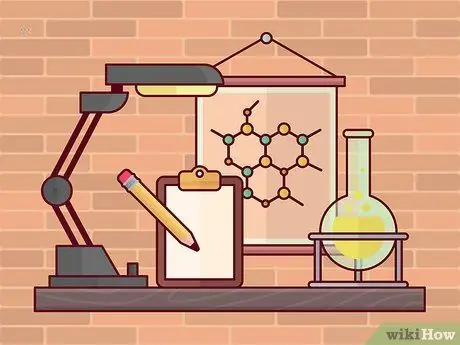
Step 4. Document everything flawlessly
Other people need to be able to conduct the experiment the same way you did and get the same result. Keep a record that accurately documents the experiment, the process you follow, and the data you collect.
It is very important that other scientists can accurately copy everything you did when they repeat your experiment. This will allow them to rule out that your results stem from any discrepancies or errors
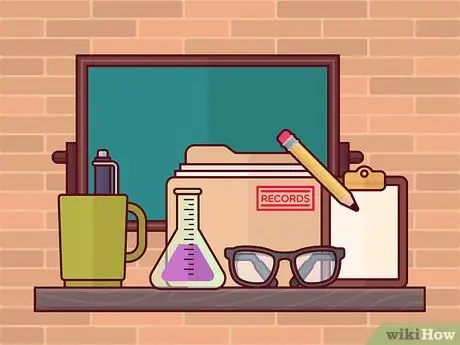
Step 5. Conduct the experiment and collect quantifiable results
Once you have designed your experiment, you will need to run it. Make sure the results are expressed in quantitative values that allow you to analyze them and allow others to repeat the experiment objectively.
- In the potted plant example, place each plant in one of the different sunlight exposure areas you selected. If the plants have already sprouted from the ground, record their initial height. Water each plant with the same amount of water every day and record the height every 7 days.
- You should run the experiment several times to make sure the results are consistent and to eliminate any anomalies. There is no set number of times you need to repeat an experiment, but you should aim to repeat it at least twice.
Part 3 of 3: Analyzing and Reporting the Results
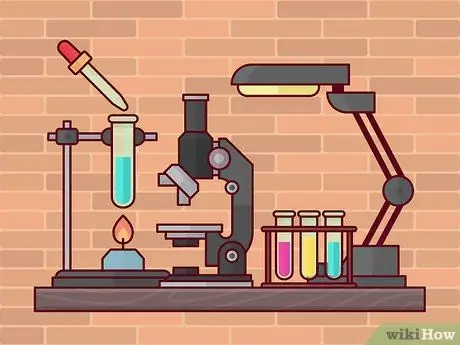
Step 1. Review the data you have collected and draw conclusions
Testing a hypothesis is simply a way to collect data that allows it to be confirmed or refuted. Analyze the results to determine how the independent variable influenced the dependent one and whether your hypothesis is confirmed.
- You can analyze the data by looking for certain patterns or proportionality relationships in the results. For example, if you notice that plants that received more sunlight grew faster than those left in the dark, you can infer that the amount of sunlight is directly proportional to the rate of growth.
- Whether or not the data confirms the hypothesis, you still need to check for other factors, the so-called "exogenous" variables, that may have influenced the results. If this is the case, it may be necessary to redesign and repeat the experiment.
- In the case of more complicated experiments, it may be necessary to spend a lot of time examining the data collected before being able to understand if the hypothesis is confirmed.
- You may also find that the experiment is inconclusive, meaning that it cannot confirm or refute your hypothesis.
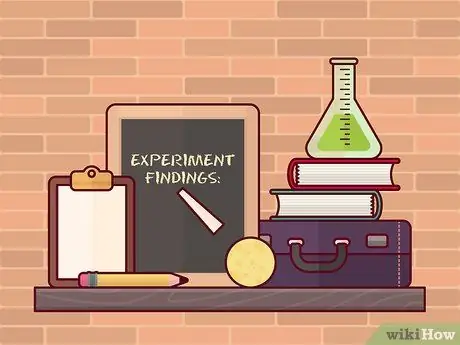
Step 2. Disclose your findings as appropriate
Scientists generally publish the results of their research in scientific journals or in reports they present at conferences. They show not only the results they have obtained, but also the methodology they have adopted and any problems or questions that have emerged during the testing of the hypotheses. Disseminating the results allows others to rely on them for their own research.
- For example, you might consider publishing your findings in a scientific journal or presenting them at an academic conference held at a university near you.
- The format you will use to communicate your results largely depends on the venue. For example, if you are presenting your findings at a science fair, a simple billboard might be sufficient.

Step 3. Do further research if necessary
If you have not been able to confirm your initial hypothesis with the data you have collected, it is time to formulate a new one and verify it. The good news is that your first experiment will have provided you with valuable information that will help you come up with a new hypothesis. Start over and keep looking for an answer to your question.
- For example, if the pot plant experiment did not show a significant relationship between the amount of sunlight received and the growth rates of the three plants, you should consider what other variables might explain the height difference you noticed. It could be the amount of water you give the plants, the type of soil used, or more.
- Even if your hypothesis is confirmed after just one experiment, more research will be needed to make sure that the results are indeed reproducible and not mere coincidence.
Advice
- Make sure you understand the difference between correlation and causation. If you confirm your hypothesis, you have found a correlation (a relationship between two variables). In the event that other people also confirm the hypothesis, the correlation will be more solid. However, the fact that a correlation exists does not necessarily mean that one variable caused the other. In fact, it is necessary to use all these procedures to have a good project.
- There are many ways to test a hypothesis, and the type of experiment described above is just a simple version of one of them. You can conduct a double-blind experiment, collect statistical data, or use other methods. The unifying factor is that all methods aim to collect data or information that can be used to test a hypothesis.
Warnings
- Let the data speak for itself. Scientists must always make sure that the results are not conditioned by their own prejudices and errors or by their ego. You must always report your experiments truthfully and in detail.
- Beware of exogenous variables. Environmental factors can interfere with even the simplest experiments and affect the results.






